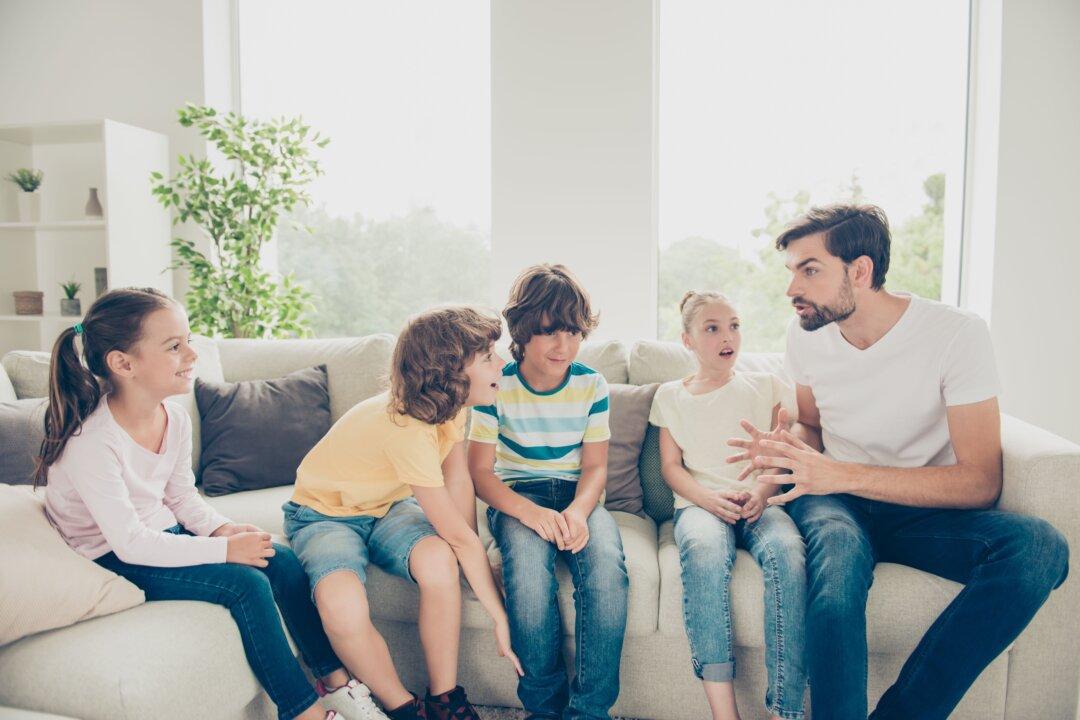We all enjoy hearing a good story. But a tale is more than just entertainment.
Teachers at the UCLA Lab School have found storytelling so important to the learning process that it’s become an essential feature of the classroom.

We all enjoy hearing a good story. But a tale is more than just entertainment.